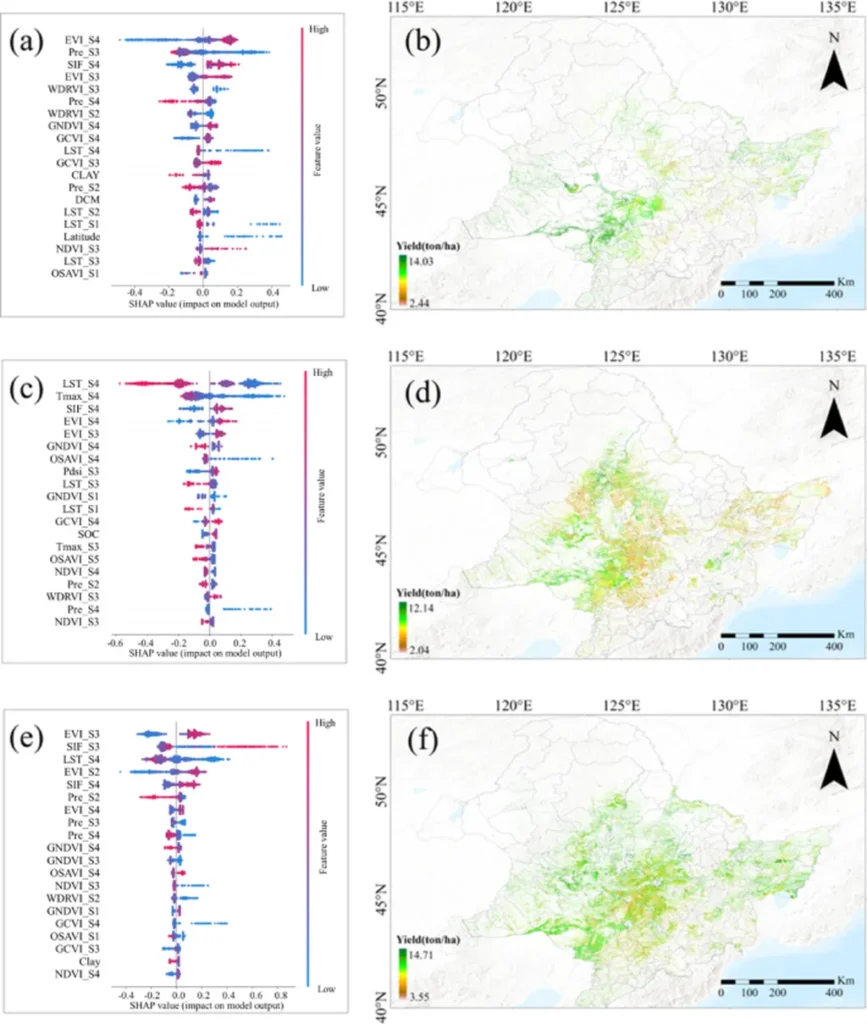In the heart of Northeast China, where the vast expanses of black soil have long been the backbone of agricultural productivity, a groundbreaking study is set to revolutionize how we predict crop yields. Led by Jiacheng Niu from the College of Land Science and Technology at China Agricultural University, this research delves into the often-overlooked vertical layers of soil, offering a new dimension to agricultural forecasting.
The study, published in the journal *Smart Agricultural Technology* (translated as *智能农业技术*), challenges the conventional wisdom that topsoil parameters alone can provide accurate yield predictions. “We found that deep soil properties, particularly those between 60 and 100 centimeters, have a significant impact on maize yield,” Niu explains. “This vertical differentiation is crucial for understanding the complex interactions between soil and crops.”
Traditional crop yield prediction models have relied heavily on topsoil data, often neglecting the three-dimensional interactions that occur beneath the surface. This oversight has limited the accuracy of these models, leaving farmers, policymakers, and economists with incomplete information. Niu’s research introduces a novel framework called partition-prioritized modeling (PPM), which leverages ensemble learning to integrate stratified soil properties effectively.
The PPM framework addresses two critical issues that plague conventional models: collinearity and the curse of dimensionality. By prioritizing and integrating data from different soil layers, the PPM framework achieves a remarkable improvement in prediction accuracy—up to 11.76% compared to baseline models. This enhancement could have profound implications for agricultural management, trade policy formulation, and national economic planning.
For the energy sector, the implications are equally significant. Accurate crop yield predictions are essential for planning and optimizing the supply chain, from seed to harvest. Energy companies involved in agricultural operations can benefit from more precise forecasting, enabling better resource allocation and cost management. “Our findings provide a methodological breakthrough for multi-strata soil data utilization in agricultural forecasting systems,” Niu notes. “This could lead to more sustainable and efficient agricultural practices.”
The study’s findings highlight the importance of soil vertical heterogeneity in yield modeling. By incorporating deep soil properties, the PPM framework offers a more comprehensive understanding of the factors influencing crop growth. This holistic approach could pave the way for future developments in agricultural technology, fostering innovation and improving productivity.
As the world grapples with the challenges of climate change and food security, research like Niu’s offers a beacon of hope. By harnessing the power of data and advanced modeling techniques, we can unlock new possibilities for sustainable agriculture. The journey towards precision farming has taken a significant step forward, and the future looks promising for those who dare to dig deeper.

